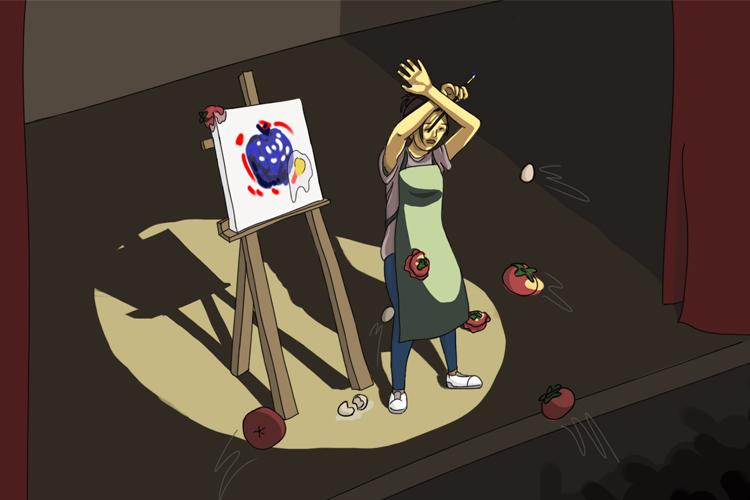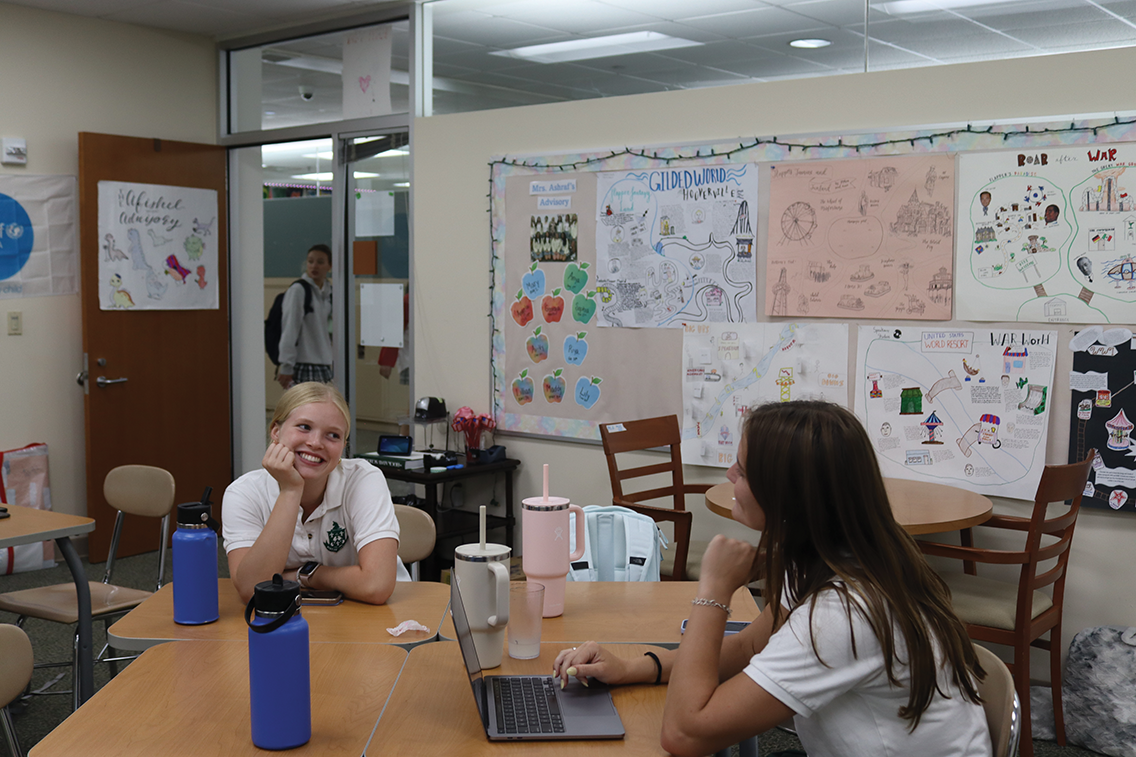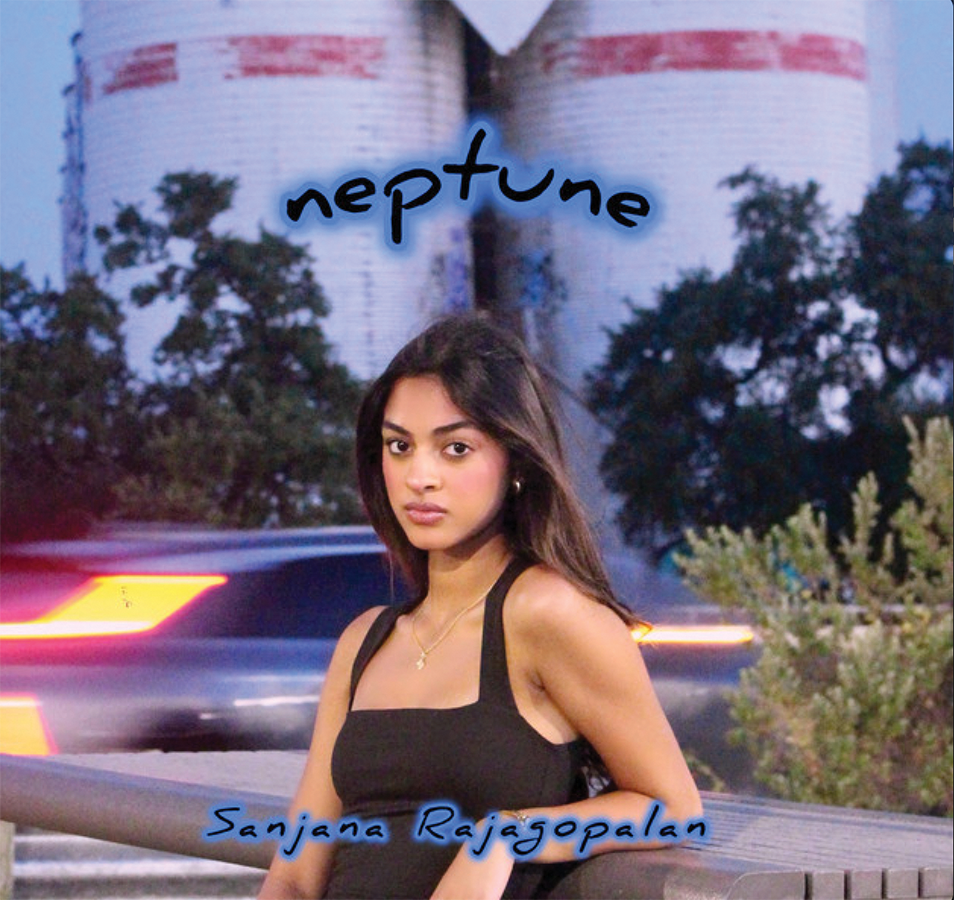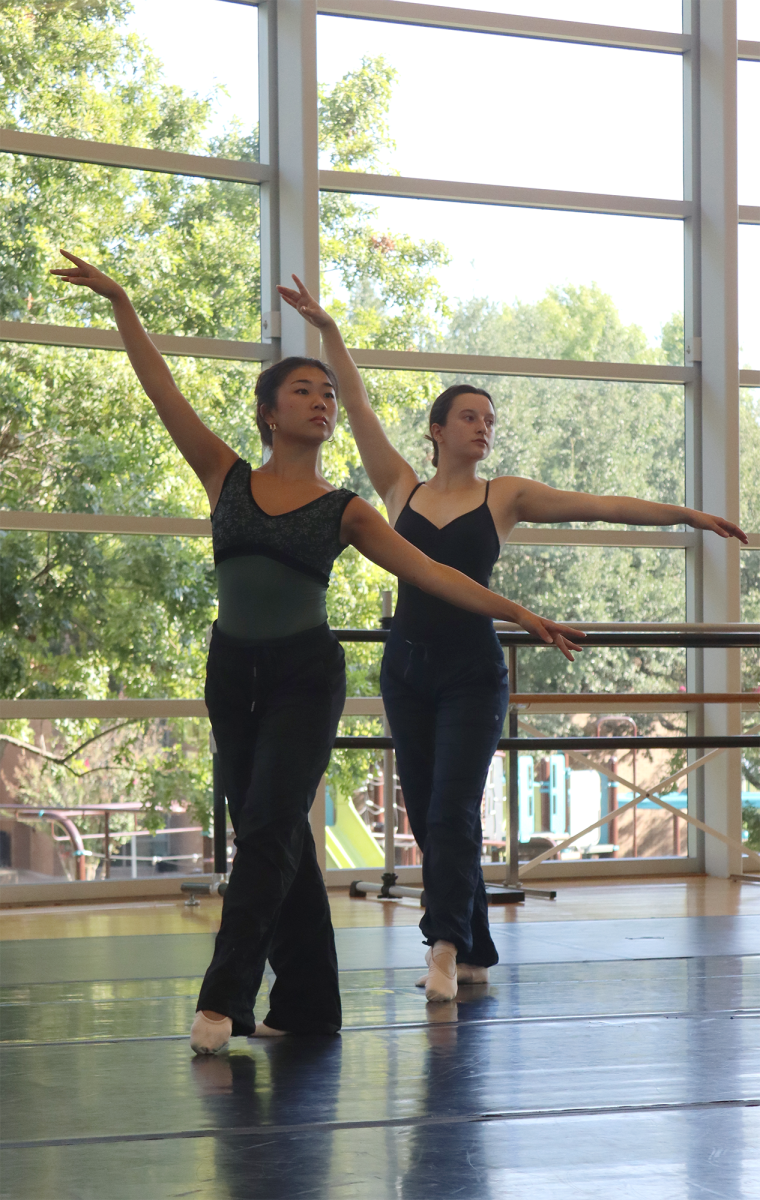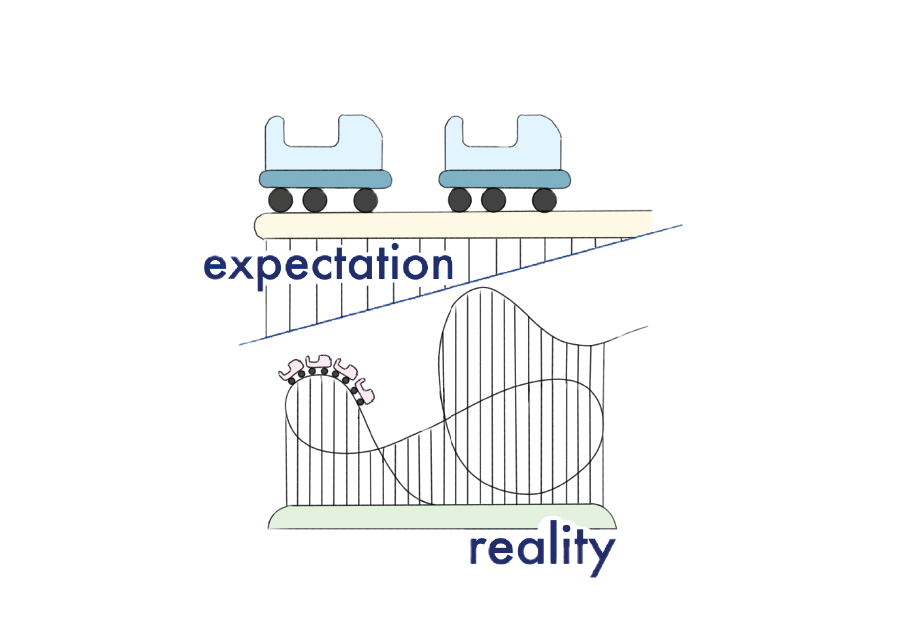ROTTEN TOMATOES | In the age of Twitter, public opinion on art, including television shows, is on the rise. As each person with internet access becomes a new critic, how should these industries respond? Graphic by Elli Lee.
The red, white and blue flashing lights of the police car swirl together on the television screen. It’s March 26 of last year, and viewers everywhere are sobbing watching the season finale of HBO’s miniseries “Big Little Lies.” Abusive husband and rapist Perry, played by Alexander Skarsgård, has just died and the femme fatale cast of the show is standing in solidarity after all that they have been through.
The mini series was based on the Liane Moriarty novel of the same name and offered a mere seven episode arc to perfectly summarize the book. Everything fit in its place and although the novel follows the events leading up to the death of Perry, it is really more of a deep dive character experience than a plot driven production. With a stacked cast of Nicole Kidman, Reese Witherspoon, Shailene Woodley, Laura Dern and Zoe Kravitz, the stellar actresses carry an emotional tale of love, loss and strength in the face of trauma and motherhood.
The finale left many fans with unanswered questions. How exactly did Perry die? What will the women do now? How will Ziggy, the 7-year-old who just found out Perry is his father, deal with this news? There was solace, however, in knowing that both Moriarty’s story and the vision of the screenwriters had come to fruition. No piece of art provides all the answers, and we would just have to deal with that. Twitter, however, apparently could not deal with a cliffhanger.
In response to months of tweets about bringing back season two, lead actress Kidman released a statement on Feb. 16 of this year saying HBO would consider approving a second season solely due to “public demand.” Fans of the show were delighted that they would be receiving more with their favorite cast and storyline, but fans of the book wondered if revealing more information about the plot would tarnish the perfect ambiguity of art.
In addition to “Big Little Lies,” another book turned TV show, “13 Reasons Why,” also succumbed to fan pressure by adding a second season even though they had finished the plot of the novel. This show, which deals with sensitive topics such as teen suicide and depression, received much more backlash for their second season because some were upset showrunners would take creative liberty on expanding a story about suicide just for fans who love the cast of the show.
From a financial standpoint, one could argue that public influence of art is a simple case of supply and demand. Why deny a proven moneymaker from being on the air and get rid of good jobs in the industry? From a creative lens, however, manipulating art to satisfy fans points to the greater problem of a lack of empathy in our society. It seems that complacency with an artist’s vision has been replaced with widespread impatience to have art reflect the opinion of a majority.
New York Times author David Brooks revealed the power of untouched art last year when sharing former slave Frederick Douglass’s self portraits. The pictures showed Douglass in a suit and tie, looking polished and destroying stereotypes of African American inferiority and dependence. The power of Douglass’s pictures demonstrates how art can change society instead of how society can change art, as shown by the television shows.
Echoing Brooks’ sentiments, Marilu Knode, Art City Contributor for the Milwaukee Journal Sentinel, feels dismayed by the growing role of public opinion in art pieces. With shows like “Project Runway” and “Work of Art” in which artists compete for a cash prize based on a text-by-cell phone or popular vote, the role of public opinion in the art world is quite explicitly used.
“New online museum interfaces allow visitors to slide a bar to a smiley face to indicate their degree of ‘like’—but this is more marketing than true interaction,” Knode said.
She went on to comment on how art is one of the few fields in which public opinions would affect the outcome of the work. Although artists want feedback, they would rather it be more informed and curious rather than a hostile attack on a viewpoint different than the majority.
“Do the New York Yankees get rid of a player because the fans don’t like him, or because he isn’t performing to their needs? I would argue only ever because of the latter,” Knode said.
In situations of artists releasing their work to the public, more people need to learn how to appreciate the unknown or pieces that do not reflect their opinion exactly. There is no doubt that the second seasons of “Big Little Lies” and “13 Reasons Why” will open to commercial success, but there is power in accepting art for what is rather than what you want it to be. Even though many of us will be watching these second seasons, we also have hope for a future when artists stand firm with their original vision and encourage the world to appreciate their work.


